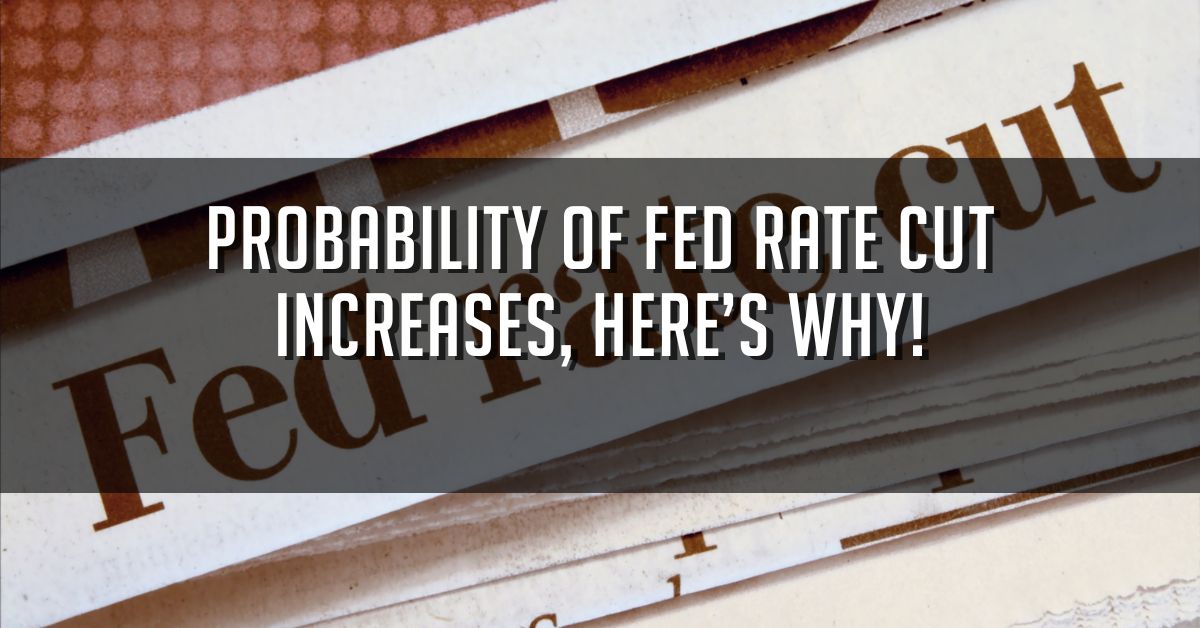Probability of Fed Rate Cut Increases, here’s why!
US Inflation On Track To Reach Fed Target Puts Rate Cut On Focus
In February, inflation moved in line with expectations, presenting a narrative that likely keeps the Federal Reserve in a holding pattern regarding potential interest rate cuts. The PCE price index excluding food and energy, surged by 2.8% over 12 months, echoing forecasts precisely. On a month-on-month basis, it inched up by 0.3%, mirroring analyst predictions.
Given that both stock and bond markets were closed due to the Good Friday holiday, the market reaction is deferred until this week. For now, Futures tied to the Dow Jones Industrial Average added 110 points, or 0.3%, while S&P 500 futures and Nasdaq-100 futures gained 0.3% and 0.5% respectively before the market opens.
While the Fed takes into account both core and headline measures, it generally places more weight on core inflation as a better indicator of long-term price pressures. Factors contributing to upward pressure included international travel services, air transportation, financial services, and insurance. The motor vehicles and parts category stood out as a significant contributor on the goods side. In conjunction with the inflationary uptick, consumer spending surged by 0.8% during the month, surpassing estimates of 0.5%. This may signal additional inflationary pressures. However, personal income saw a more modest increase of 0.3%, slightly below the forecasted 0.4%.
Powell said on Friday the Fed didn’t overreact to cooler-than-anticipated monthly inflation readings at the end of last year and firmer-than-expected readings at the beginning of this year.
He also said the Fed’s interest-rate setting has left the central bank in a good position to react to a range of different paths of the economy. That includes the possibility of cutting rates more than anticipated if the economy slows sharply or holding them at their current level for longer if inflation doesn’t slow as much as expected.
Still, anticipation of monetary easing by major central banks pushed the gold higher and higher. Gold surged to $2,259.69 per ounce early Monday, marking a 1.3% increase from Thursday's closing, following a string of recent peaks. Several factors have contributed to a roughly 14% rise in bullion prices since mid-February. Swaps markets indicate a 61% probability of a Fed rate cut in June, up from 57% on Thursday. Historically, lower interest rates tend to benefit gold, which does not generate interest.
Selling pressure in the past 2 weeks is likely to continue. EUR/USD shows the potential to break 1.07000.
Fullerton Markets Research Team
Your Committed Trading Partner


 US Inflation On Track To Reach Fed Target">
US Inflation On Track To Reach Fed Target">








